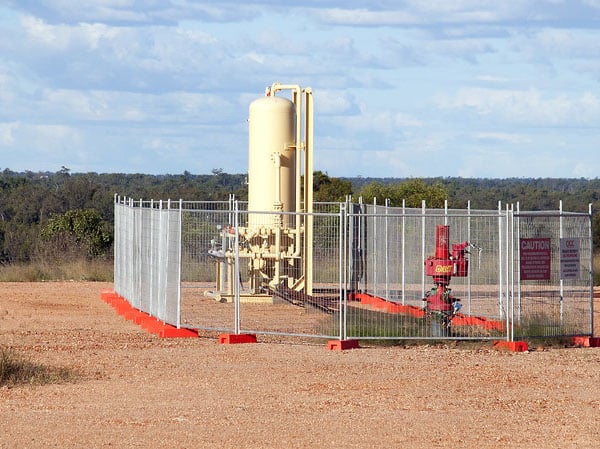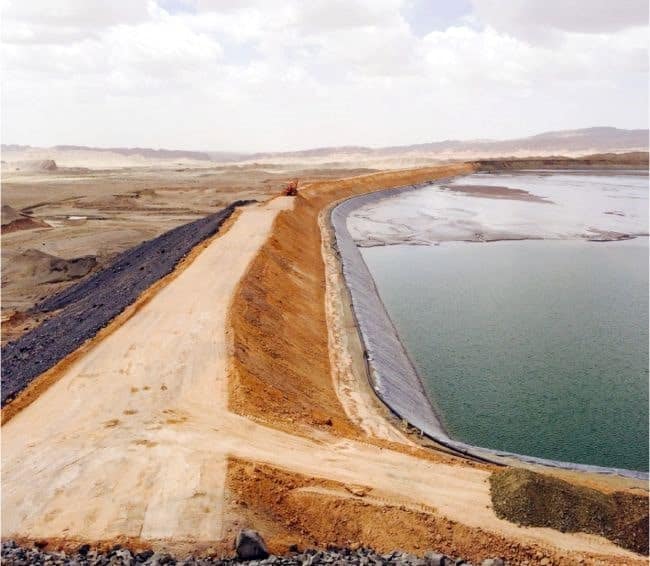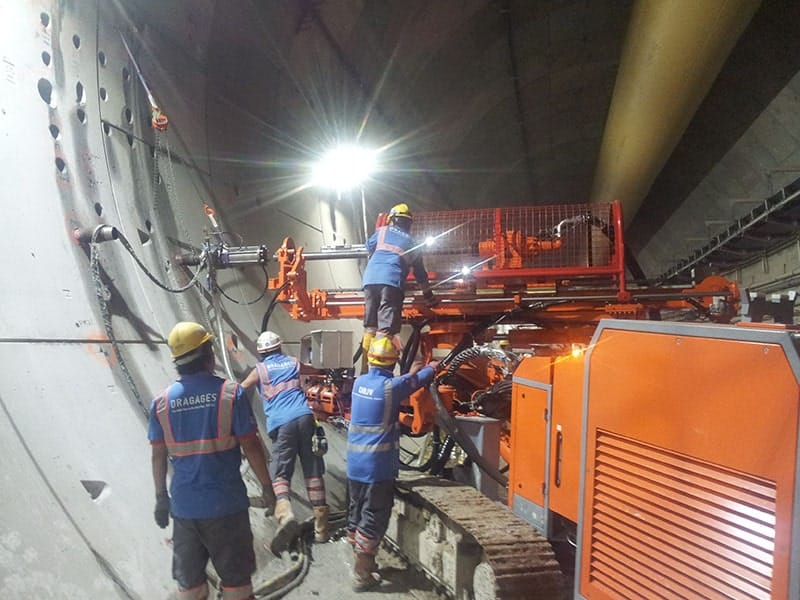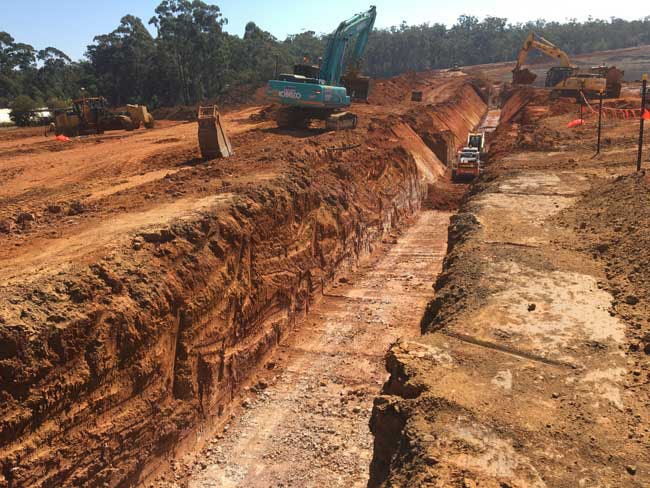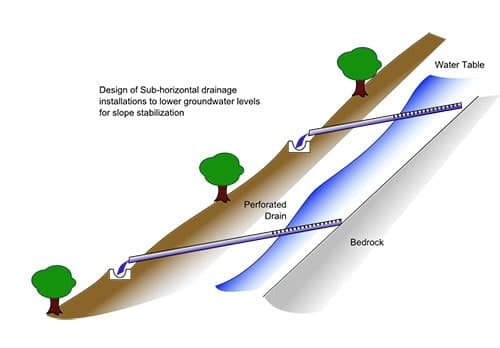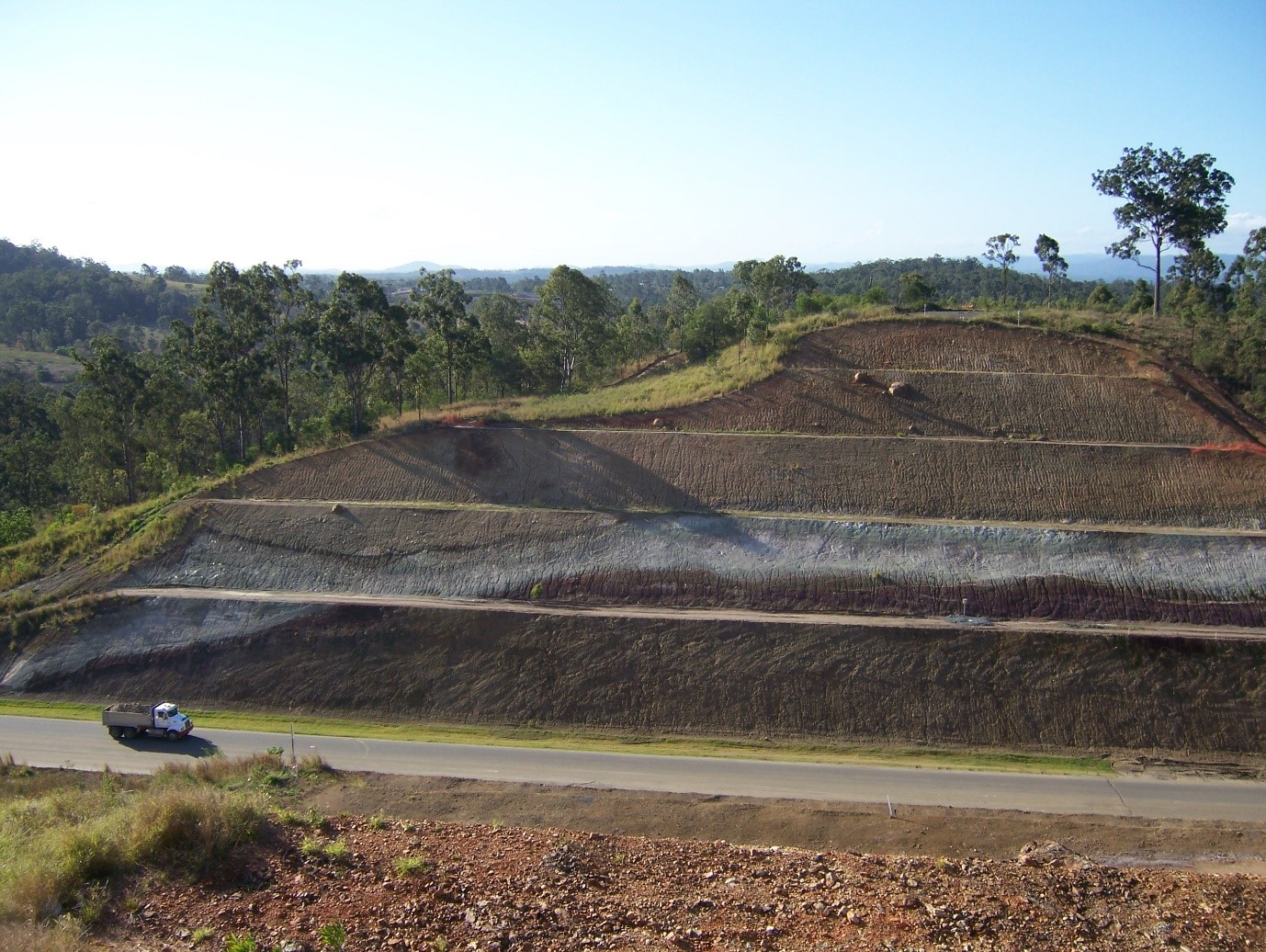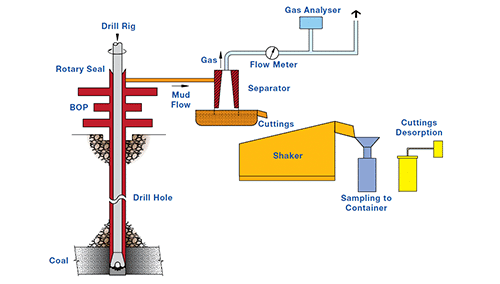Originally, and still to some degree, groundwater is monitored by measuring the level of water in standpipes by dipping them either with a whistle or an electronic meter that indicated when it touched water. These were then replaced by pressure transducers in standpipes. The problem with these is that the standpipe has a significant volume and transient pressure changes were substantially damped by the ability of the ground to supply water into this volume. Installing standpipes at more than one level in a hole is also complicated.
There then became a practice of cement grouting single or multiple pressure transducers into a borehole. The problem here was that the cement grout tended to be either so permeable that it allowed intra-connection within the borehole or it blocked the connection with the ground fluid that it was supposed to measure. The other problem with pressure transducers that were conventionally cemented in place was that there was no means to determine whether they worked or not. They were not testable, let alone replaceable.
The process of cementing transducers in place is not suitable for all ground conditions. This applies in particular to high permeability broken rock masses where the older techniques of installing filters around standpipe tips is still the best. In other cases of fractured rock, it is not possible to cement grout the hole because of the loss of the grout. In these cases, packer based systems work best.
To overcome these problems, Sigra has developed the following:



